New student pilots in the United States are sometimes surprised to learn that they can earn many different types of pilot certificates. Knowing about these certificates and their requirements can help with financial planning, setting goals, and exploring the many options available to them.
Student Pilot Certificate
Candidates must be at least 16 years old to solo in an airplane, and 14 years old for gliders or balloons. They must also demonstrate that they can speak, understand, and read English. There is no hour requirement to hold a Student certificate, only a Class 3 or better medical certificate from an Aviation Medical Examiner (AME) to fly solo.
Student pilot licenses do not expire, but medical certifications do. There is no charge from the Federal Aviation Administration (FAA) to receive student pilot certification.
Recreational Pilot Certificate
A Recreational pilot is a student pilot who may carry a passenger within a certain distance from the airport. They may fly only in good weather and during hours of daylight. Recreational pilots must be at least 17 years of age and pass a practical and written knowledge test. For gliders and balloons, the minimum age is 16.
Recreational pilot certificates are somewhat extinct due to the introduction of Sport Pilot rules in September of 2004. The Recreational certification has so many restrictions on it that most students simply aim to earn the Sport Pilot license instead.
Sport Pilot Certificate
The Sport Pilot certificate came about as part of an effort to introduce more new pilots to aviation and make flying more affordable. The certification issued by the FAA is called “Pilot” and belongs to a category of aircraft known as “light sport.”
Sport Pilot certificates are issued to those who meet medical and FAA Sport Pilot Knowledge examination requirements. Students must also receive twenty hours of total training in a light sport aircraft. Two of the required hours must take place in cross-country training, fifteen hours have to take place with an authorized CFI, and at least five hours should be conducted in solo flight. The cross-country flight should cover at least 75 nautical miles, 25 of which must be in one leg. Candidates must complete ten takeoffs and landings, with the landings coming to a full stop.
Ground training is also required, and two hours of flight training are mandated to prepare for the FAA Sport Pilot Practical Test. A Sport Pilot license does not demand a medical certificate (however, as with Student Pilot Certificates, a medical clearance is required to solo.)
Sport pilots may share up to half of the expenses of a flight with a passenger, but are not permitted to fly for pay, for charity, or for exchange of goods. Like Recreational pilots, they are not permitted to fly in low visibility conditions. Sport pilots must stay below 10,000 feet Mean Sea Level (MSL.) Most Sport pilots fly airplanes such as the:
- Piper J2 and J3
- The Aeronca Champ
- The Taylorcraft BC, or BCS
Private Pilot Certificates
The Private certificate is the one most people think of when they think of someone in flight school. You may fly yourself and others but not for hire and cannot charge anyone. If you have a Private Pilot certificate, you are permitted to fly a light sport airplane, but a sport pilot cannot fly a standard category aircraft.
Private Pilots wishing to exercise their privilege as a sport pilot must hold a current flight review. The Private license only applies if the pilot is flying FAA certified light sport aircraft. Unlike Sport Pilots, Private Pilots are permitted to tow a glider.
While Recreational and Sport Pilots are permitted only to carry one passenger, those with Private pilot certificates may take as many people as are legally permitted in the aircraft. They may fly more powerful aircraft, go higher, and enter more classes of airspace. Private Pilots are also permitted to operate an aircraft at night. They are permitted to fly for the purposes of charity, and may fly without special permission in other countries.
Commercial Pilot Certificate
Pilots with a Commercial license are usually those seeking to make a career in the cockpit. Commercial Pilots are taught to consider their passengers and employers and to demonstrate more precise control of an aircraft than a Private Pilot.
Holding a Commercial Pilot certificate requires a second-class medical clearance. These pilots are permitted to fly for pay, transporting either cargo, passengers, or both. Pilots seeking this certification must have turned 18. The are required to rack up at least 250 flight hours. FAA tests, both written and practical, are also involved.
Airline Transport Pilot Certificate (ATP)
The Airline Transport Pilot Certificate, called the “ATP” in the aviation community. The ATP is the highest certification a pilot can obtain. It is considered the gold standard of American aviation and is required to fly under Part 121 airline operations, as well as most Part 135 charter operations. Pilots who hold this certification must hold a first class medical. The aim of earning the ATP is to demonstrate not that the pilot is safe and aware, but a professional.
Pilots who have completed ATP course training must demonstrate knowledge of FAA regulations and show they have an excellent understanding of weather systems. They must understand the principles of flight, demonstrate knowledge of radio navigation, and show they can calculate weight and balance. ATP pilots are expected to know the limitations and capabilities of instrumentation and aircraft.
In order to take the FAA exam, the must have compiled at least 1500 hours. However, a Restricted ATP or “R-ATP” can be earned through a reduction of hours. The reduction is between 250-500 hours and can be awarded as early as age 21 for those who attend schools that have a curriculum that meet certain requirements through the FAA.
Ready to soar in your aviation career?
Mr. Matthew A. Johnston has over 23 years of experience serving various roles in education and is currently serving as the President of California Aeronautical University. He maintains memberships and is a supporting participant with several aviation promoting and advocacy associations including University Aviation Association (UAA), Regional Airline Association (RAA), AOPA, NBAA, and EAA with the Young Eagles program. He is proud of his collaboration with airlines, aviation businesses and individual aviation professionals who are working with him to develop California Aeronautical University as a leader in educating aviation professionals.
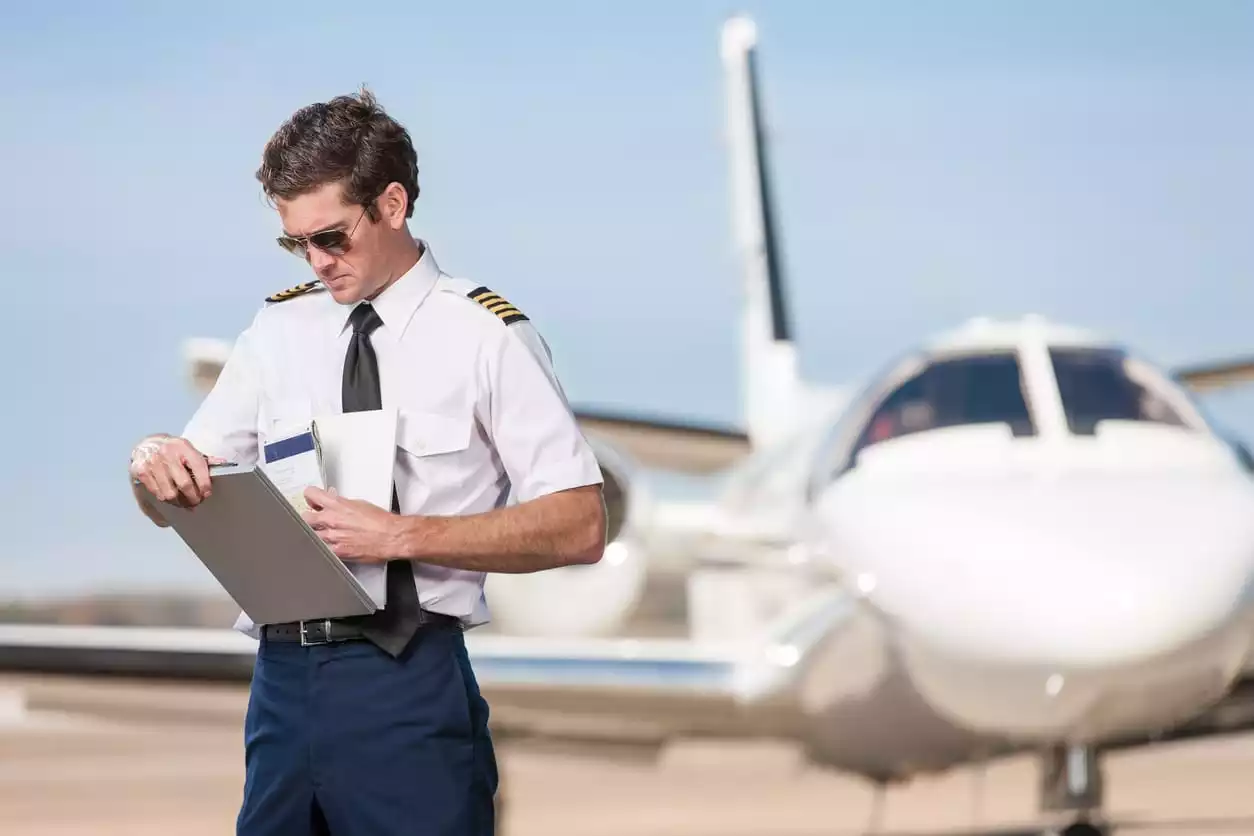
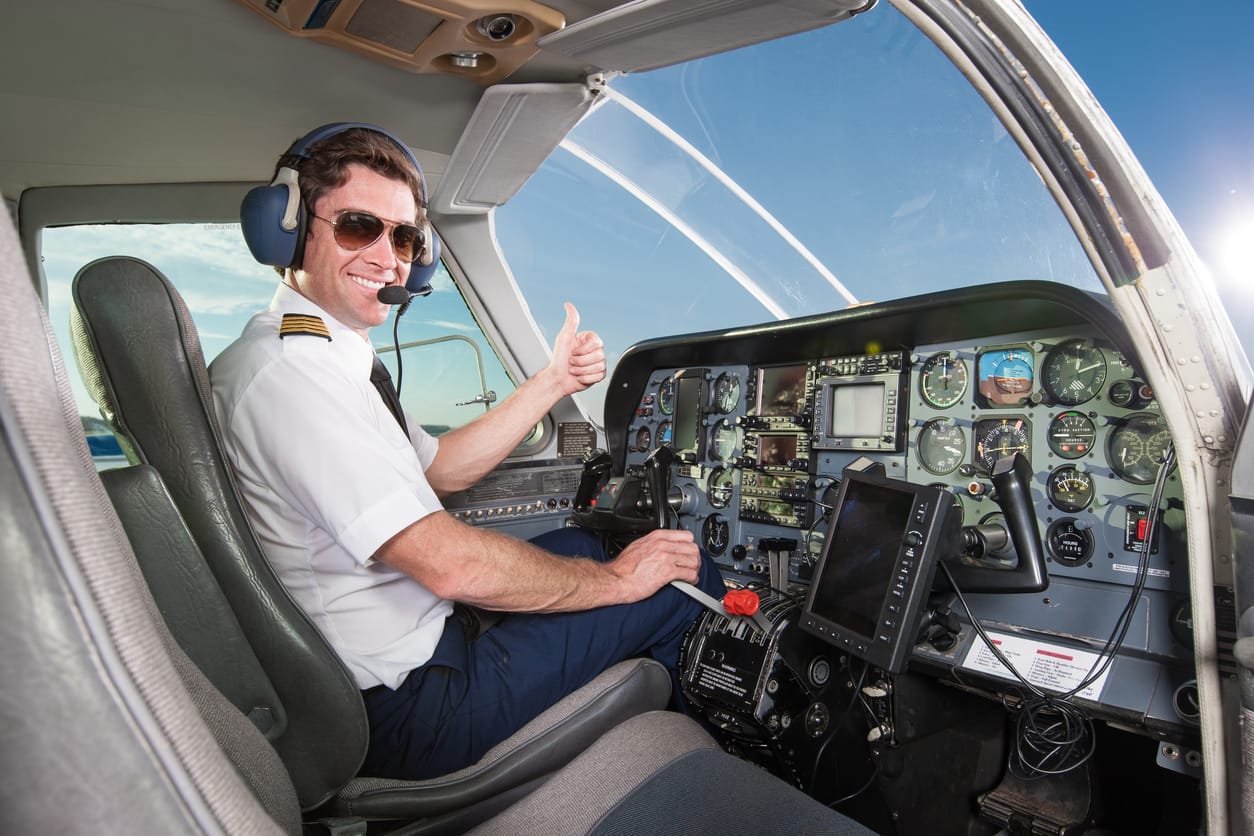
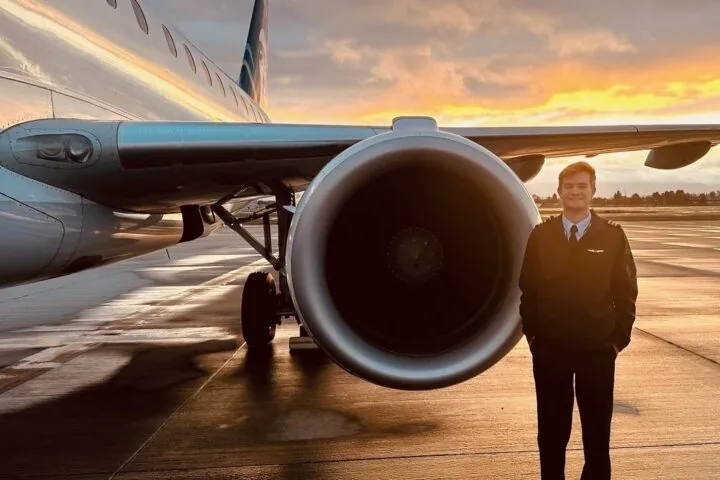
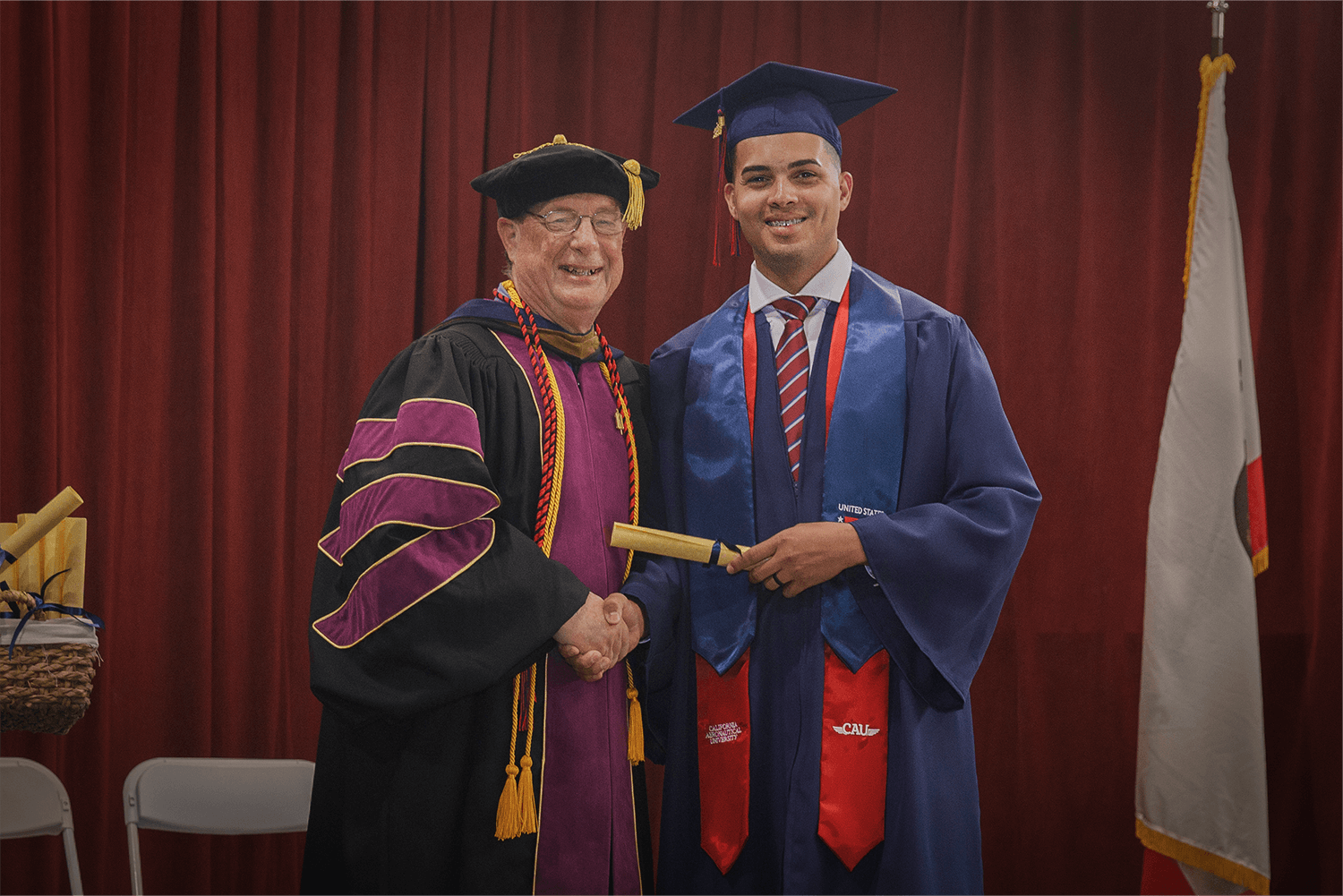
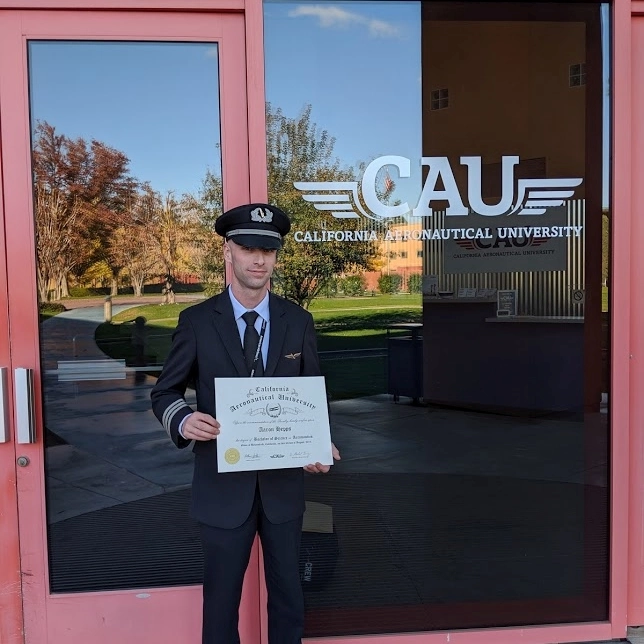

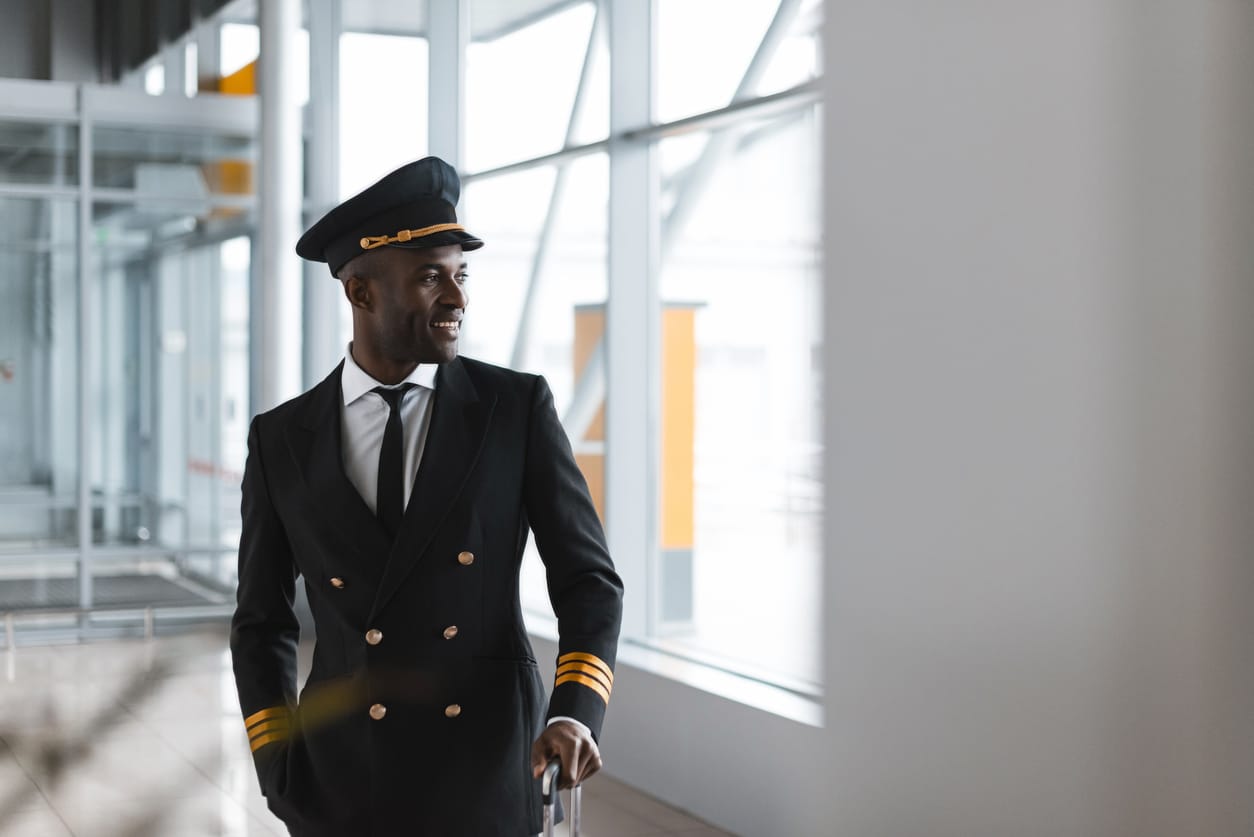
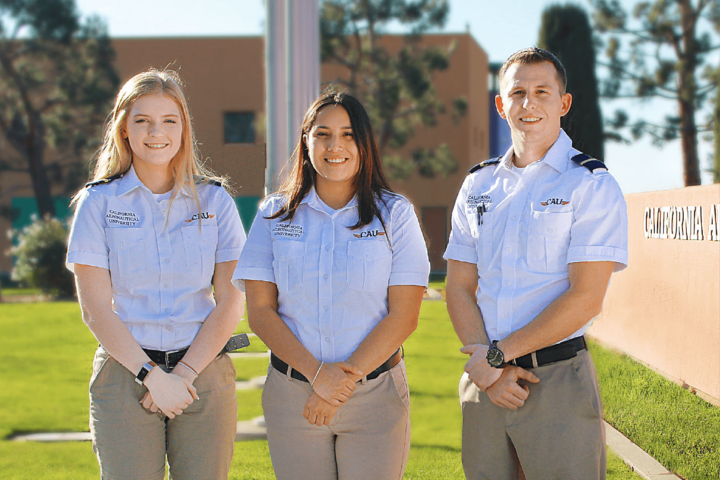
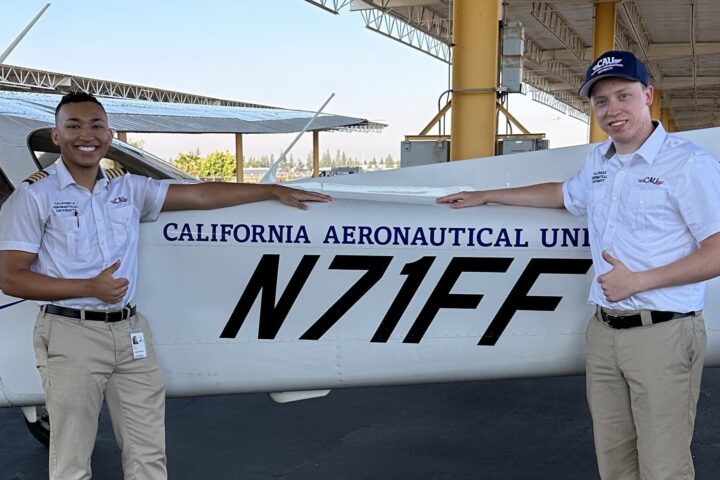
Need student pilot license age 55
Hi! Thanks for your interest in a student pilot license! Our team members will be reaching out to you shortly. Thank you!